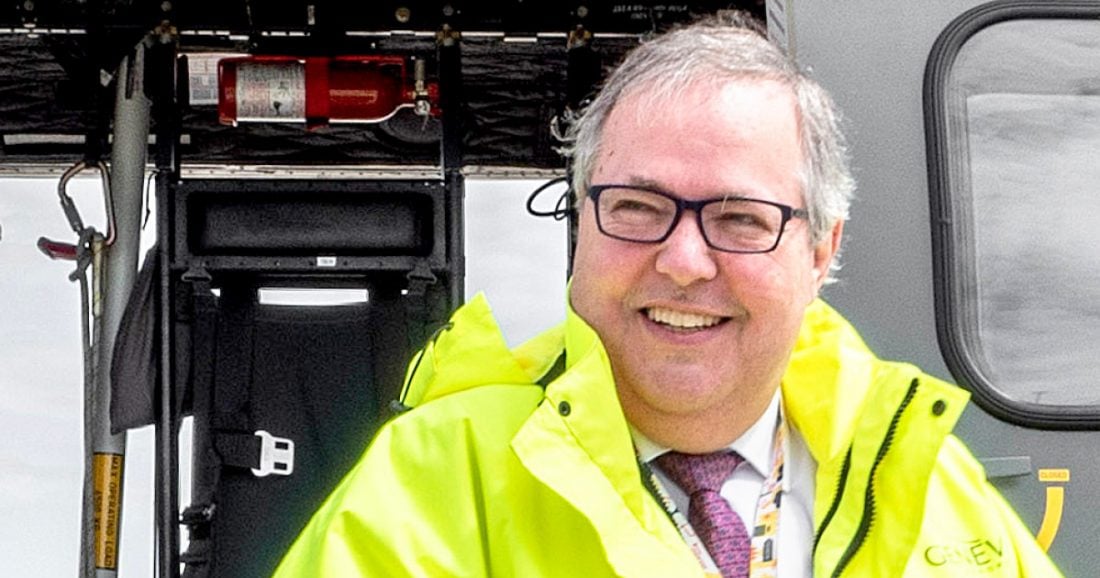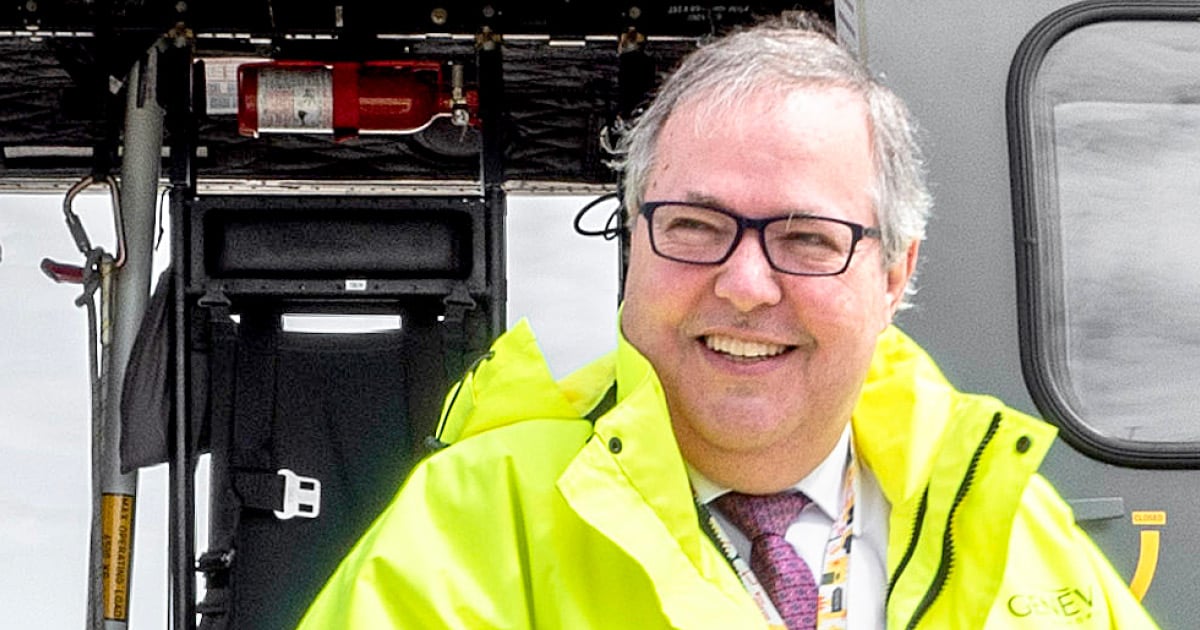In a career full of plot twists, it was the pivot no one saw coming: the once professional musician turned PhD physicist turned World Economic Forum COO turned … airport executive?
Genève Aéroport CEO André Schneider knows his has been the path less traveled to the pinnacle of the aviation industry. “But I like new challenges and learning new things,” he tells The CEO Magazine with a laugh.
You get the feeling the unabridged story of his professional journey would be a rollicking bestseller, especially as he prepares to retire at the end of this year. “I started out as a professional musician and, after my studies in Munich, I played with big orchestras like the Philharmonic Orchestra of Berlin,” he says.
After five years, he grew restless and returned to study computer science at the University of Geneva. From there, a PhD at none other than the European Organization for Nuclear Research (CERN) beckoned, in “some esoteric stuff like parallel computing for high-energy physics”, he reveals modestly.
For more than a decade, Schneider worked for IBM, spending two years as a software developer in Barcelona, Spain, before transferring back to Geneva as a Consultant and Principal. He left to build a consulting company.
“I quit that and went to work for the World Economic Forum,” he adds, his matter-of-fact tone belying the scale of the opportunity.
After spending some time in IT, he became the Managing Director and COO. The role took him around the world and global hubs such as Dubai, New York and Beijing. “Then I decided I had done my tour,” he recalls.
Schneider left to create another consultancy company, this time in the sustainable development space. By this time, Schneider was on the radar of Patrick Aebischer, the President of the Ecole Polytechnique Fédérale de Lausanne (EPFL).
“He headhunted me for the role of Vice President and COO of this big university,” he says.
In 2016, after three years at EPFL, he felt another tap on the shoulder. This time, for the position of CEO of Genève Aéroport.
“All I can say is that they reached out to me and, in the end, selected me. But beyond that, I’m not sure whether my career path would automatically lead you to become a director of an airport,” he admits.
Striking a Balance
Once you unpack the nuts and bolts of Schneider’s career, however, the move starts to make more sense.
“First of all, having worked for the likes of IBM and the World Economic Forum, I’ve been a huge user of aviation,” he explains. “As an end user, you always have some ideas about what could be done better.”
Such a view fits in with his proven track record of entering a new domain, analyzing it with a fresh perspective and executing new strategies.
“More often than not, you find people leading industries who have been in it their whole career,” he says. “When you ask why things are being done in certain ways, the main answer you get is that it’s because it has always been done that way.”
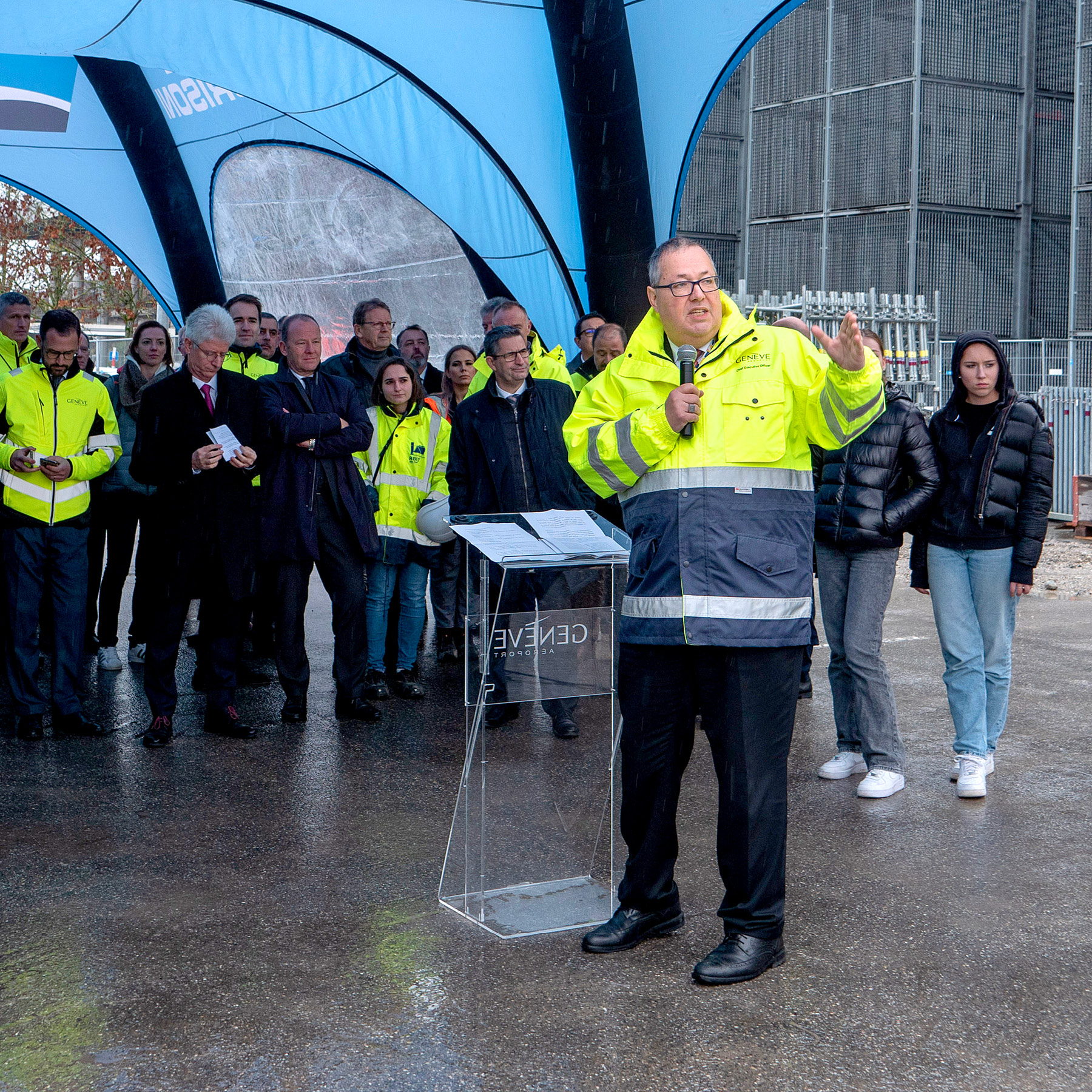
“We had to find a balance between our neighbors, who would like to have less traffic, and the connectivity our customers needed.”
As Schneider reflects on his career, he knows there is one characteristic his roles all share.
“I’ve always been interested in jobs where you’ve had to find balance,” he says. “A balance between economic impact, societal impact and environmental impact.”
Genève Aéroport has been no different. “When I started, it was really in this phase where there was a lot of opposition because people thought it was too noisy. But on the other hand, this is a very important airport for the region,” he points out.
“We had to find a balance between our neighbors, who would like to have less traffic, and the connectivity our customers needed.”
Urban Runways
When it was founded back in 1920 to serve the League of Nations (the precursor to the United Nations), the location for Genève Aéroport was far outside of the city center.
The airport continues to be positioned as one of the world’s diplomatic centers, thanks to the United Nations Office at Geneva.
“Around 4,000 heads of states and dignitaries pass through Geneva every year, which is more than double the figures in New York,” explains Schneider.

Advertisement
But it’s more than heads of state and dignitaries who rely on the airport. “We have a catchment area of six million potential passengers that spreads from as far as Lyon in France to the border of German-speaking Switzerland,” he says.
And that’s a figure that is ever increasing, thanks to Switzerland’s attractiveness as a place of residence or employment, with its high salaries and high standard of living.
Without a crystal ball to shake up to see the future, however, little could the airport’s planners and builders have predicted just how much the city limits would spread in the century since the first planes took off from the runway.
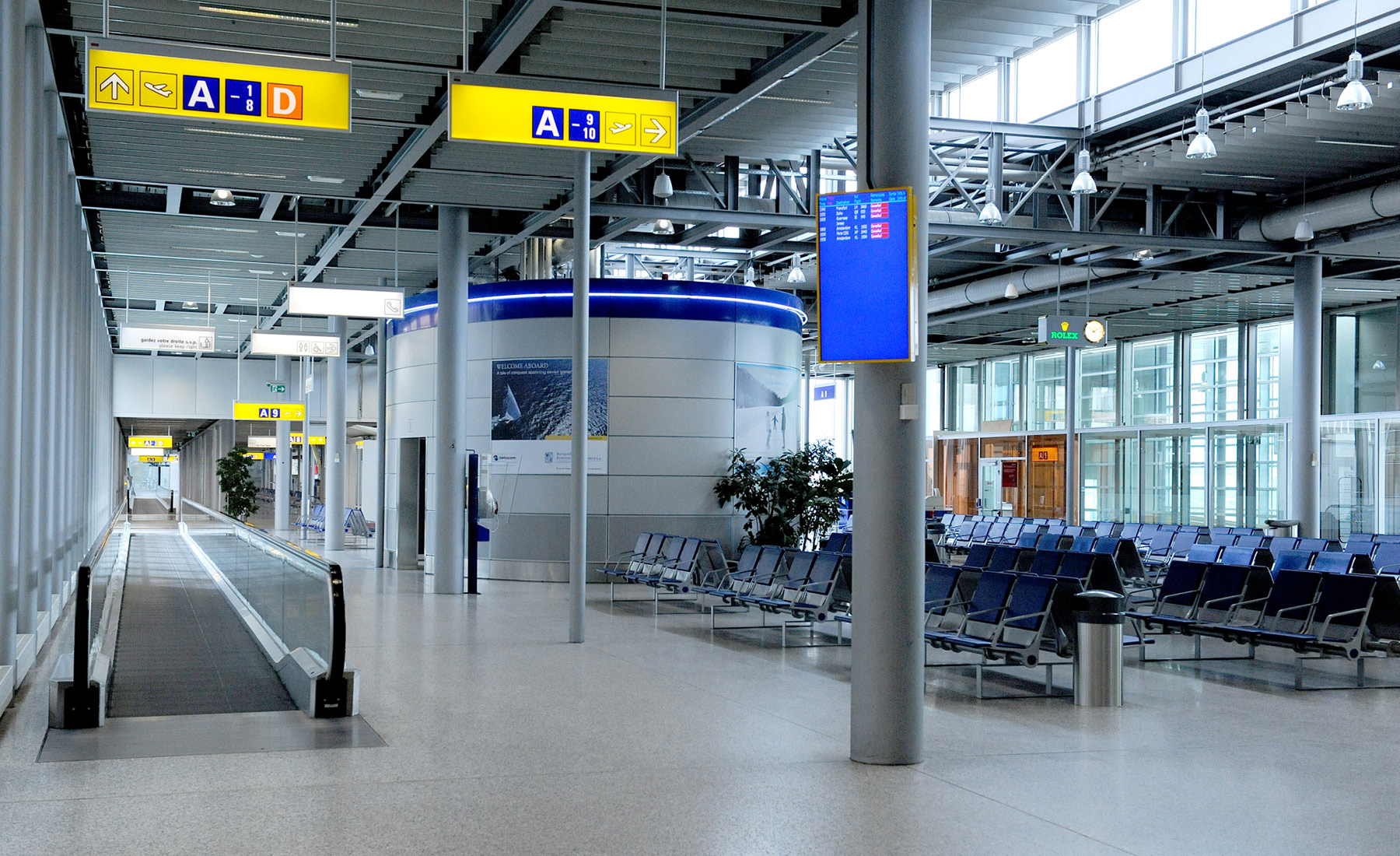
An Airport For Two Countries
Exiting onto both France and Switzerland, Genève Aéroport is an airport directly serving two countries, even if it’s owned and operated by the Swiss canton of Geneva.
“We sit on the border with France, have French employees and almost 30 percent of our customers are French,” says Schneider.
Today, Genève Aéroport is one of the world’s most urban, just seven minutes by train from the city center and surrounded by a sprawl of more than 500,000 residents.
“Naturally, this is very much appreciated by our customers – a little bit less by our neighbors, who have to live with the noise of the airport,” adds Schneider.
Pushing the Limits
The concept of growth, therefore, is a delicate one for Schneider and his team. Already, the airport has one of the densest European networks, with flights to European destinations making up 90 percent of its passenger numbers.
“We are at the limit already as we have so much connectivity,” he admits. “One destination might go away and be replaced by another, but that’s not likely to make a huge difference.”
Where there is some potential, he explains, is in expanding its intercontinental connectivity, although Geneva is a point-to-point airport and is unlikely to turn into a hub the likes of Frankfurt or nearby Zurich.
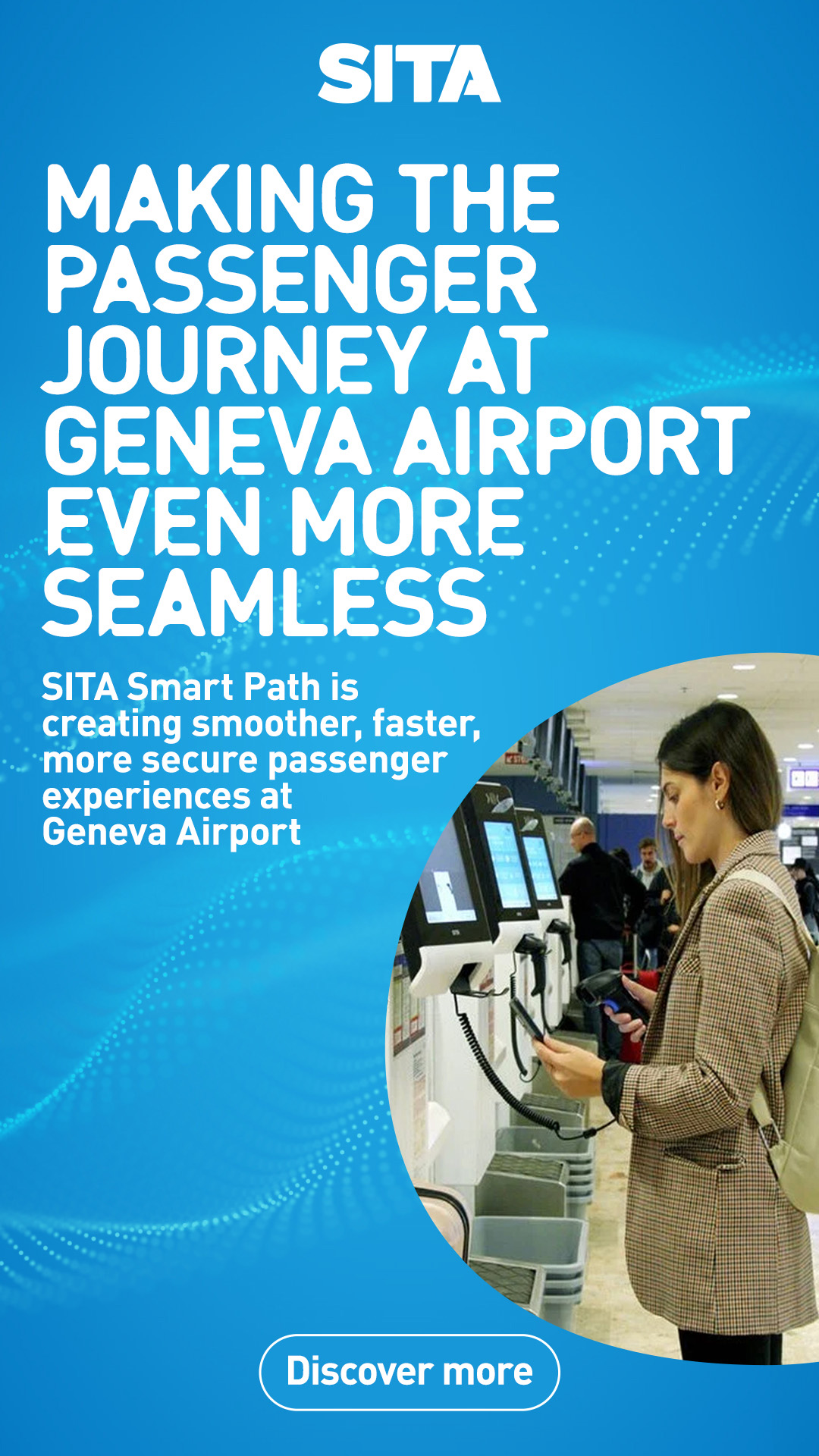
Advertisement
His challenge, therefore, has been to maintain results despite a lower growth rate than the airport has enjoyed in the past.
“Until a couple of years before I arrived, we were around five-to-six percent annual growth,” he explains. “Over the first few years of my leadership, this dropped to 1.4 percent and we’re looking to stabilize around one percent.”
That’s the magic number in a delicate dance that sees the airport continuing to serve its surroundings, both from an economic and social perspective.
“We have a lot of diasporas who need the airport to go home, but we are not catering to maximum growth,” he suggests.
A Two-Part Strategy
Satisfying local residents’ demand for minimum disruption without reducing the airport’s capacity may seem like an impossible task to reconcile, but Schneider has found a way. The answer, he says, lies in two essential parts.
The first is a directive of the Swiss government.
“Switzerland is one of the few countries where you actually have a night ban, so there are no flights between midnight and 6am in the morning,” he confirms.
Because of its mainly European flight network, the airport is able to largely avoid flight take-offs after 10pm in the evening. “In any case, who wants to arrive in Paris at 1am in the morning?” he says with a smile.
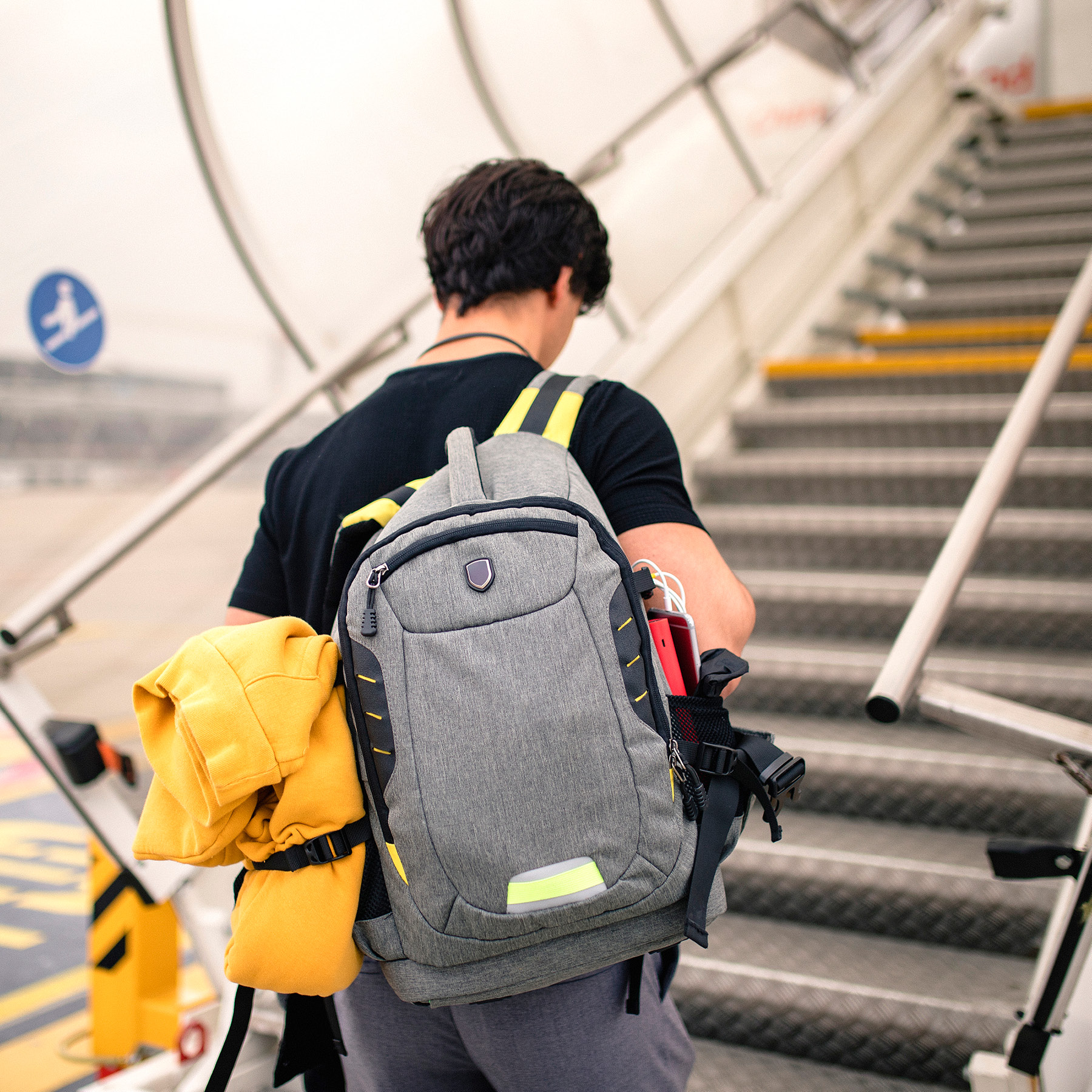
“We are really pushing new ideas that allow us to continue to offer a great service to our customers, but in a more sustainable way.”
Of course, scheduling issues at other airports can have a knock-on effect to timetables at Geneva, so he explains that it has introduced a limited number of late departures. “We’re now on the way to reducing the number of late flights taking off,” he adds.
Schneider’s efforts are also being aided by the next generation of aircraft with advancements that allow the reduction of noise pollution during take-off and landing by up to 40 percent. So welcome are these Boeing 787-9 Dreamliners, Airbus A220s, Airbus A320neos and Airbus 3A50s that the airport is offering a special financial incentive to airlines that switch to them on flights to and from Geneva.
Around one-third of all movements at the airport are now with these planes, according to Schneider. It’s such innovations that give him confidence in achieving its stated aim of reducing noise by 20 percent by 2030, the step before an even bigger target looming on the horizon.
“By 2037, we aim to be an airport with no CO2 emission,” he says.
Doing More with Less
Given Schneider’s background, it’s little surprise that sustainable development has become as important in his strategic objectives as the customer experience and financial health.
“We are really pushing new ideas that allow us to continue to offer a great service to our customers, but in a more sustainable way,” he says, adding that he believes the industry’s actions can act as a catalyst for others to follow its lead.
Along with incentives for airlines to use next-generation planes, examples he cites include the installation of solar panels on the rooftops of its terminals and other buildings, which have resulted in the generation of 3.8 gigawatts of annual energy (a figure that will rise to five gigawatts in 2026). Despite the limitations presented by its size and urban location, plans are underway to more than double the current 22,000 square meters of panels to 55,000 square meters in 2030.
Over the next three years, the airport is also moving away from a fossil fuel-powered central heating station to a greener heat pump water system that heats cold water taken from a nearby lake to heat and cool its facilities.
“By 2030, we have a target that 90 percent of our vehicles on the tarmac are electric, and we don’t just mean cars, but also the trolleys that push and pull the baggage and stairs, for example,” says Schneider. “We’re currently at over 30 percent and will gradually roll that out.”
Initiatives also extend beyond the limits of Genève Aéroport itself. To encourage passengers to travel to and from the airport using public transport, it pays out of its own pocket for early morning bus lines so that even those people booked on the earliest flights have a public transport option.
“Right now, 48 percent of passengers come using public transport and we have a target to be at 58 percent in 2030,” he reveals.
Innovative Partners
Such achievements are all the more notable given the distinct challenges of innovating in the aviation industry, where safety is paramount and often comes at the expense of major transformation.
“We’re not the kings of innovating, because that might expose people to increased security risks, among other things,” concedes Schneider.
“We have been innovative, but it has been an uphill battle and we could be more innovative. But we have done things in a way that no one thought of before.”
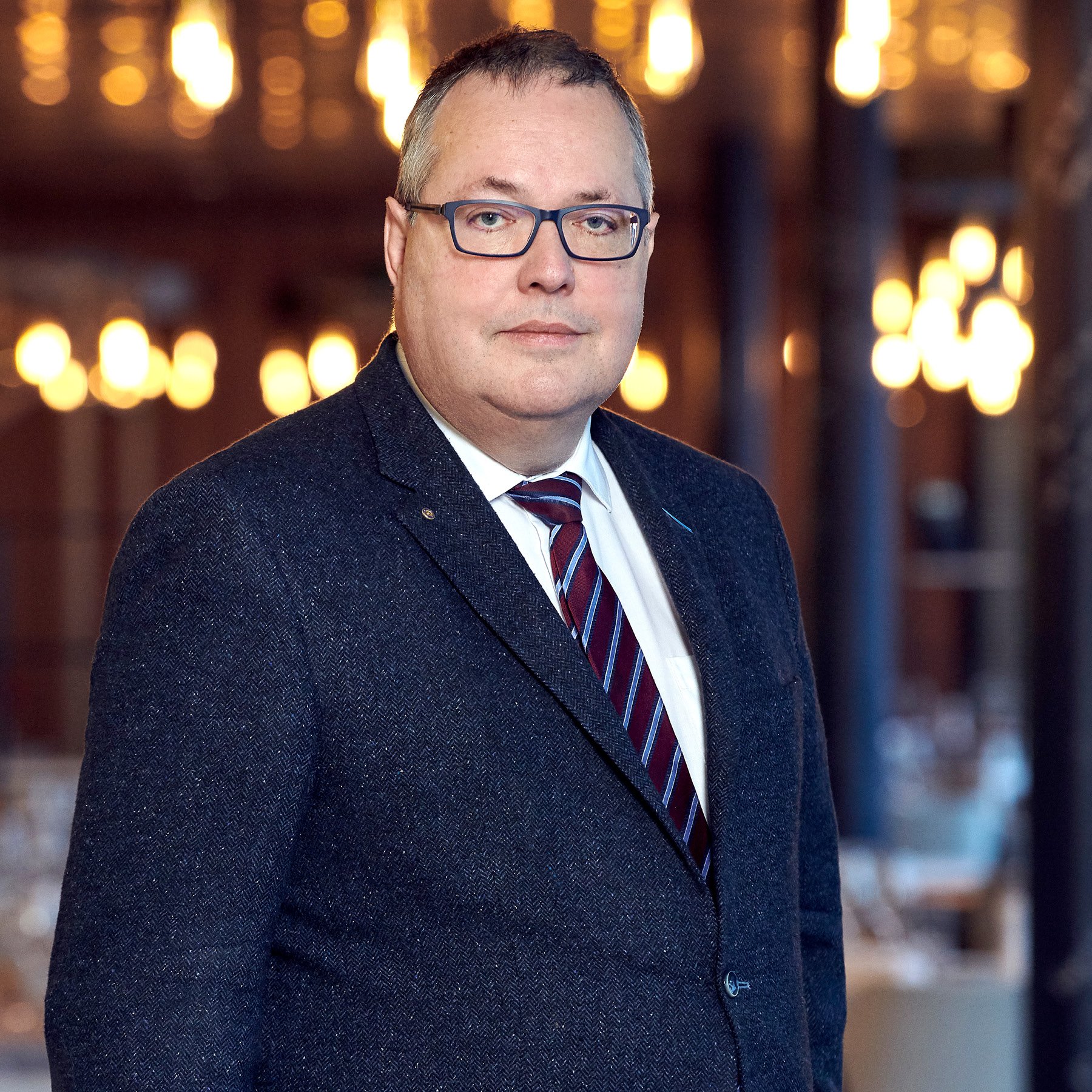
“We have done things in a way that no one thought of before.”
One approach is to pair with supply partners that are driving innovation. Schneider explains that the airport has recently rolled out scanning devices at security that don’t require passengers to remove liquids from their hand luggage, a step that adds to often lengthy clearance times.
It all feeds into the overarching goal of delivering above and beyond when it comes to passenger satisfaction. In addition, these outside influences, which include key partners such as Dassault Aviation Business Services, air transport technology company SITA, Lagardère Travel Retail Suisse and Caviar House Airport Premium, open up the airport to new cultures and new ways of doing things.
“For me, it’s a win–win,” he confirms.
A Lasting Legacy
As Schneider inches closer to his retirement in November, he believes the lasting legacy of his tenure will be balancing out delivering the necessary service with reducing the impact on the environment.
“I very much believe that the aviation industry, and airports in particular, needs to think about what our license to operate is,” he reflects. “Today, among other things, that is to deliver good service, to be attractive and to serve passengers.”
However, according to Schneider, it’s also a commitment to sustainable development. “I’m more and more convinced that if we don’t show that, legislation will head in a direction that will make it very difficult for us,” he explains.
“In a globalized world, we need aviation. Otherwise, we’ll all just live in our close surroundings.”
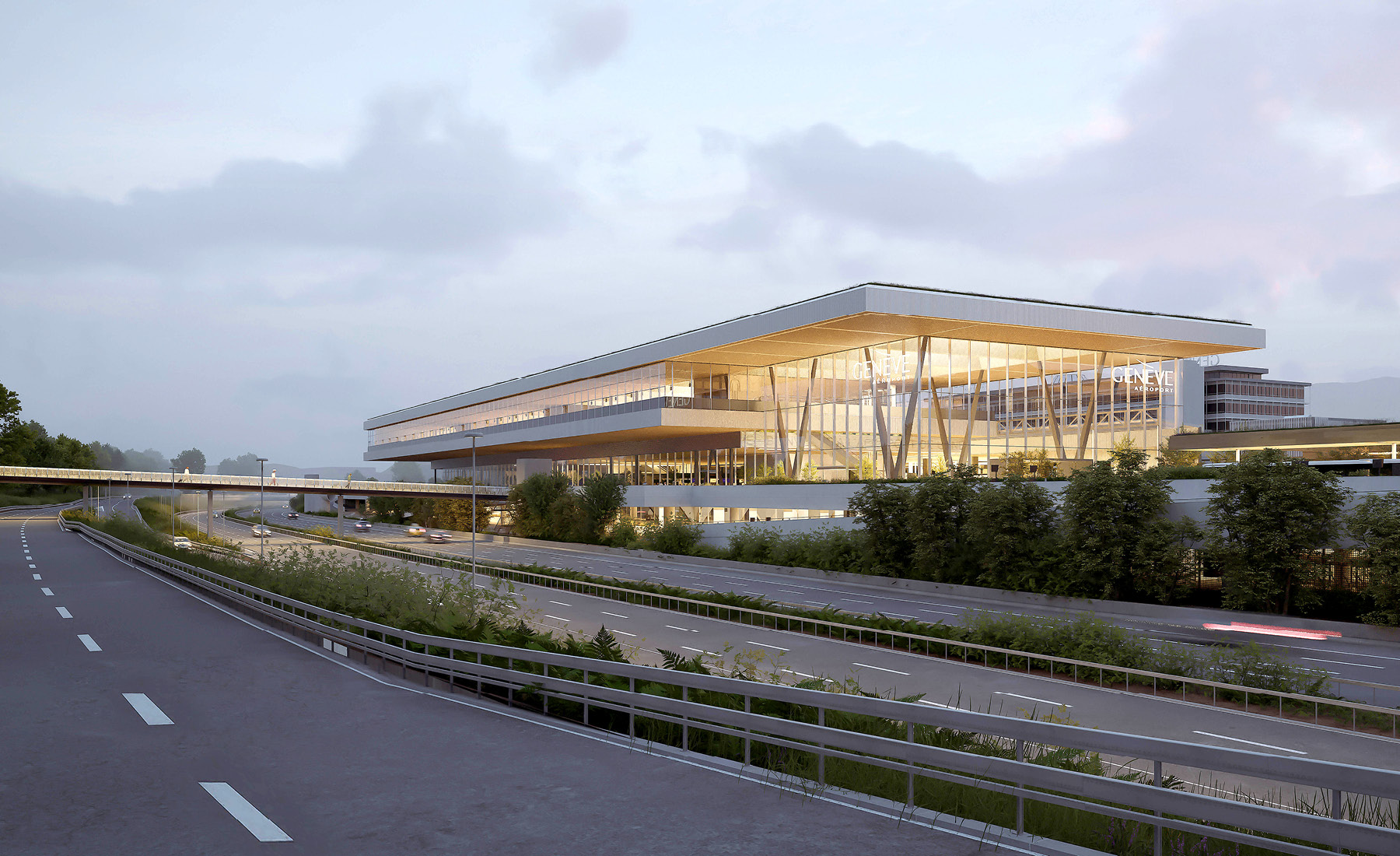
Project CAP2030
How do you undertake essential upgrades to infrastructure without fully closing the airport? That’s the quandary Schneider has answered with Project CAP2030.
“Today, we’re approaching 18 million passengers a year, but we’re running with one terminal that was built in 1968 for four-to-five million passengers, not to mention an industry that looked completely different,” he says.
Over the past few years, there have been “enormous” extensions made. “But we have reached a point where we can do no more, because the building won’t take it.”
Due to start in 2026, CAP2030 is a US$695 million investment to carry out necessary infrastructure renewal without restricting operations. The first phase is a total refresh of the airport’s connectivity with the surrounding area to create an interchange between bus, train, car, bike and airplane. From there, work will extend to the terminal.
“Essentially, when it’s all finished, it’s going to be a completely new airport,” reveals Schneider.

